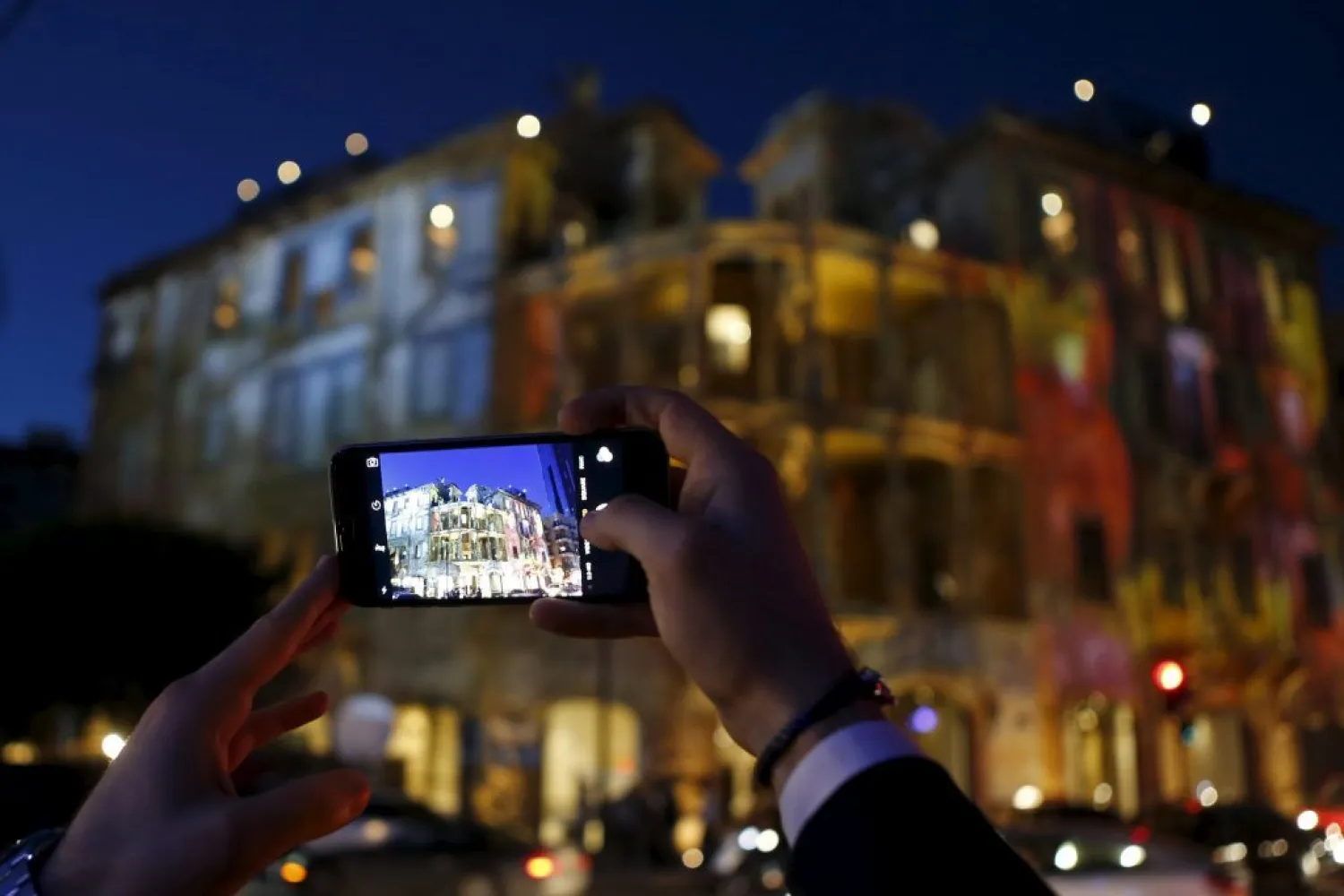Zena El Khalil's art exhibit has tapped into wounds that are more than 40 years old in war-scarred Lebanon.
"Sacred Catastrophe: Healing Lebanon" is being hosted in a landmark building in the center of Beirut that is a powerful reminder of the country's 1975-1990 civil war. Pockmarked and riddled with bullet holes, the building stands on the former demarcation line that bisected Beirut into warring sections: east and west.
According to The Associated Press, the nearly 100-year-old house became a favorite for snipers, who turned the structure into a killing machine during the war. El Khalil has brought her work to what is now the Beit Beirut museum — a collection of paintings, photographs, videos, installations and recorded poetry produced from over 100 locations around Lebanon.
The exhibit is the first in Beit Beirut, which was declared a cultural center in 2003 when the city bought it.
Spaces, like humans, need healing, El Khalil said. And in Beit Beirut, she has planted a seed for a dialogue over reconciliation.
"We never had a reconciliation process after our war ended so as a community we are still carrying a lot of pain," El Khalil said. "If we are going to step into a peaceful future, we need to come to terms with the pain that we are carrying. We need to release. Otherwise we are going to continue to self-sabotage to be aggressive and disconnected."
El Khalil said she wants to transform objects left over from the war into works of art. Healing ceremonies that are part of the exhibit include chanting, burning debris to produce ink and drawing on canvasses. The ceremonies are sealed with a whirling dance meant to preserve the new energy.
At the end of the conflict in 1990, a general amnesty was issued and the subject of the civil war has never been formally discussed. Students don't study the war's history because officials can't agree on which version of the war to include in textbooks.
As sectarian tension rocks the region, Lebanon seems to be looking inward. A recent film, "The Insult," also touches on reconciliation, drawing mostly praise for successfully addressing the wounds of the war and yearning for justice without blaming any one side.
On a recent day, hundreds of visitors walked through the restored building as chants from healing ceremonies played in the background and people walked into preserved sniper's nests.
The healing theme is clear: daily workshops include yoga and Reiki sessions. Poetry sessions included odes to those killed in wars.
Participants shared war memories, shedding tears, exchanging hugs and sometimes blame. Speakers spoke of "art as a form of resilience" and children painted mantras El Khalil used in her healing ceremonies: compassion, love, peace and forgiveness.
In one workshop, visitors weaved woolen patches on looms to cover bullet holes around the building, symbolic dressings for the war wounds.
El Khalil's project began as a personal journey after she visited her family's home in south Lebanon for the first time since Israel's withdrawal in 2000, following years of occupation. The house was used as a military detention center and signs of torture and abuse shocked her, the AP said.
She began documenting the violence, starting with her grandparents' house in Beirut, where a bomb fell but failed to detonate. She then included her mother's house, which she said was destroyed by missiles lobbed from the sea by the USS New Jersey targeting Syrian batteries stationed in Lebanon in the early 1980s.
For five years, she researched and performed ceremonies in over 100 places in Lebanon.
One installation is dedicated to the memory of the 17,000 Lebanese missing since the war's end. Inspired by the location, a collection of 17,000 green wooden sticks, some painted by families of the missing, are shaped like shrubs and weeds that grew along the deserted demarcation line when snipers kept people away.
An investigation into the fate of the missing was never launched.
On a recent visit, US Ambassador to Lebanon Elizabeth Richard said El Khalil's work has put a "spotlight" on a long overdue reconciliation process.









